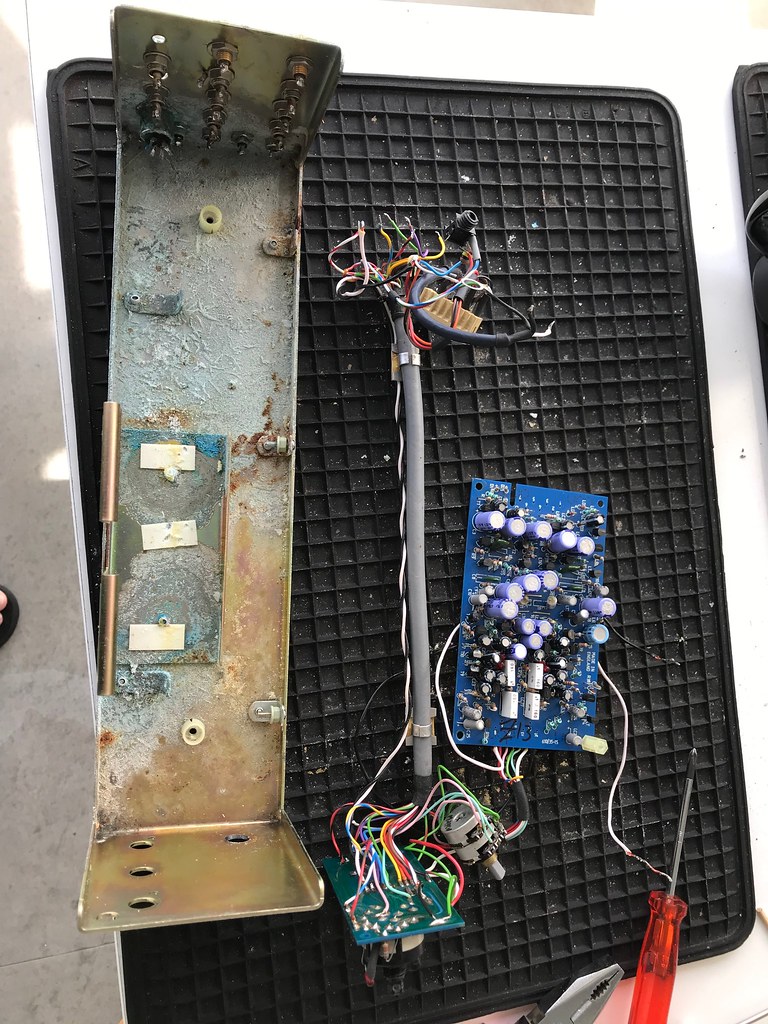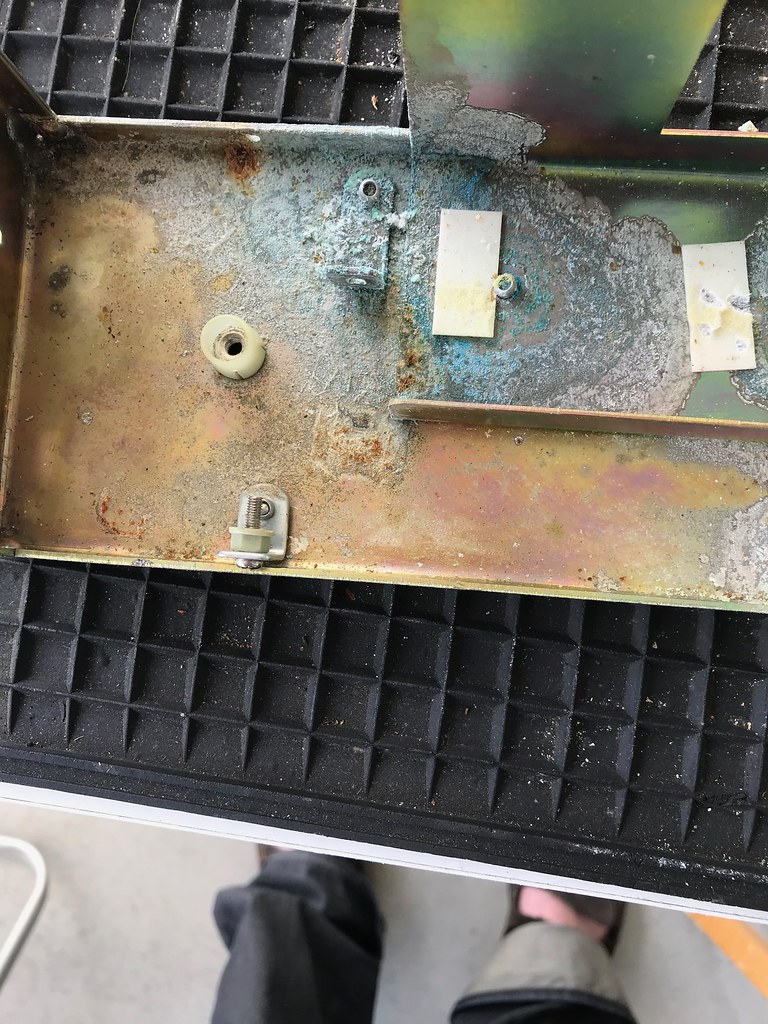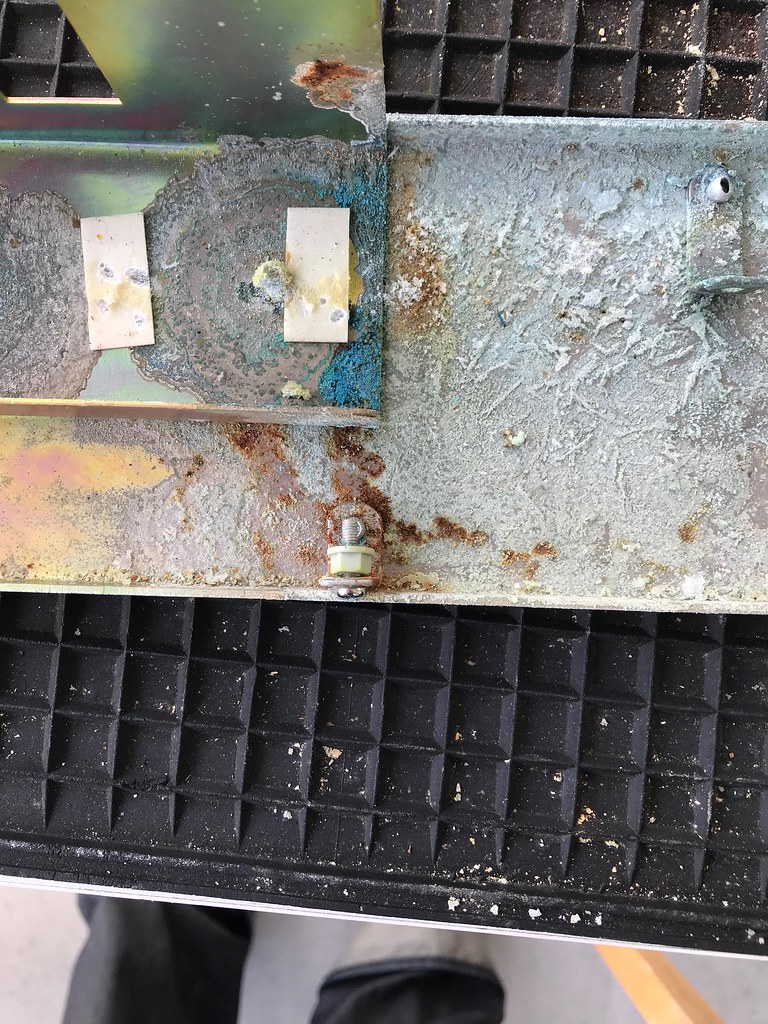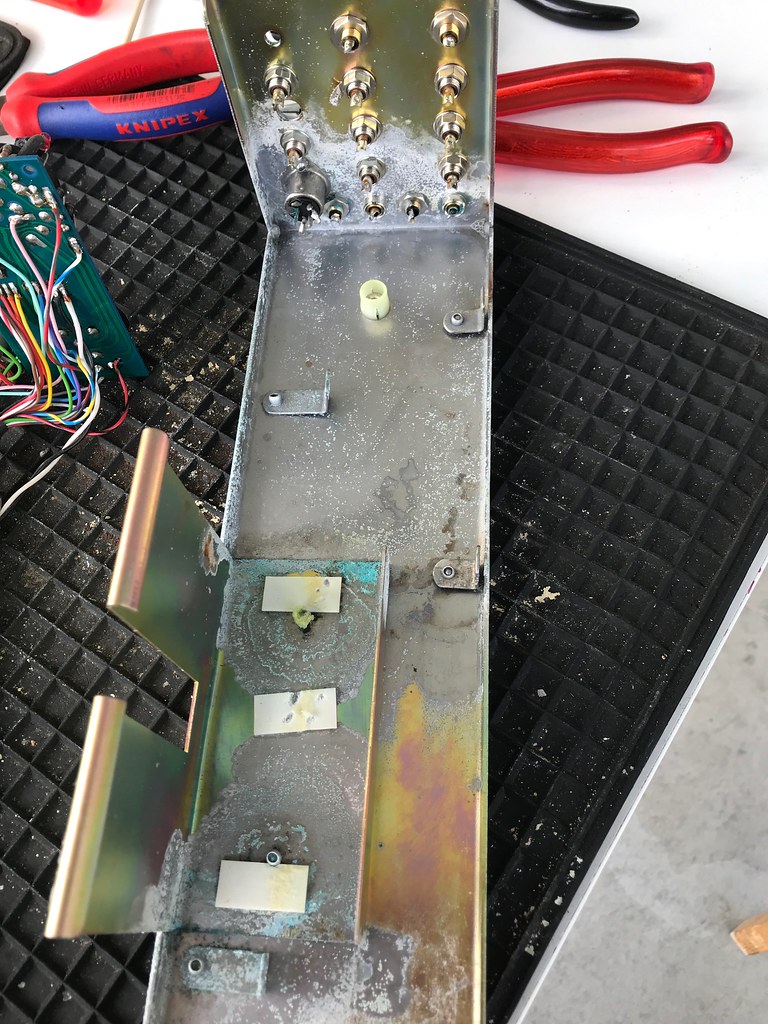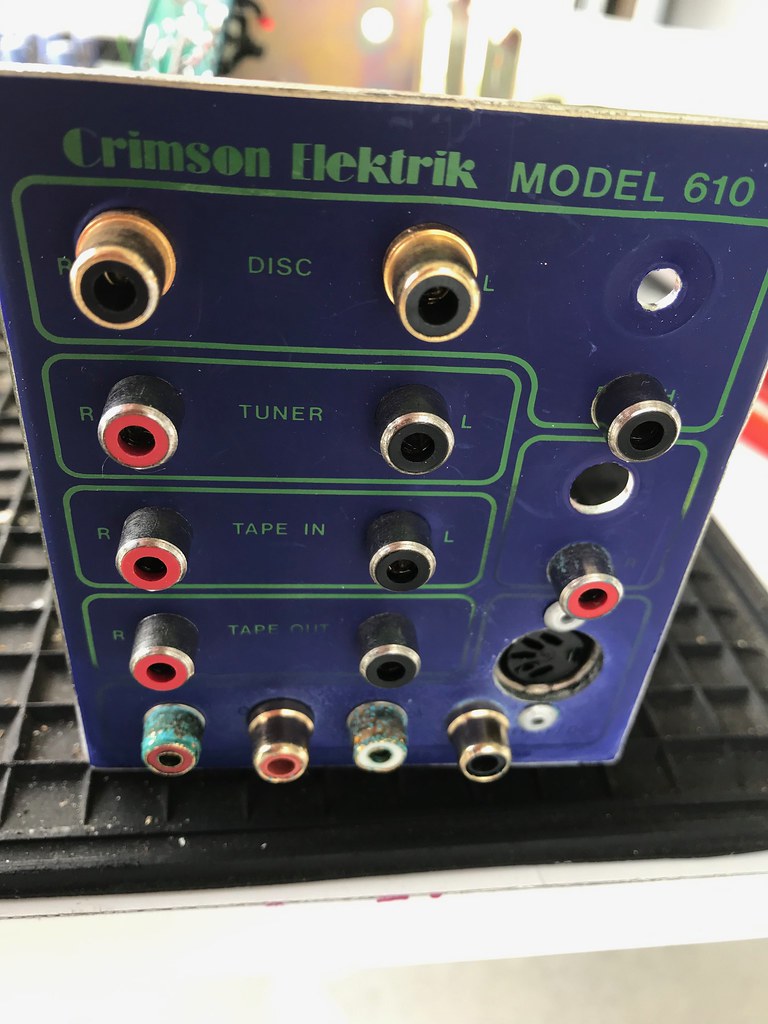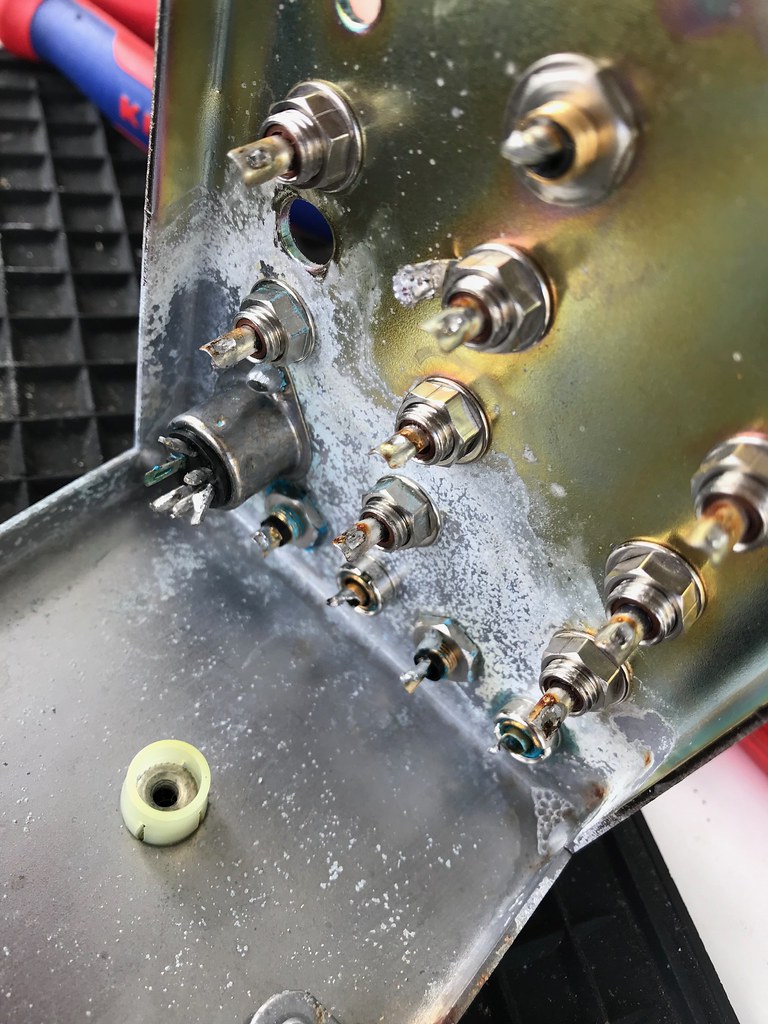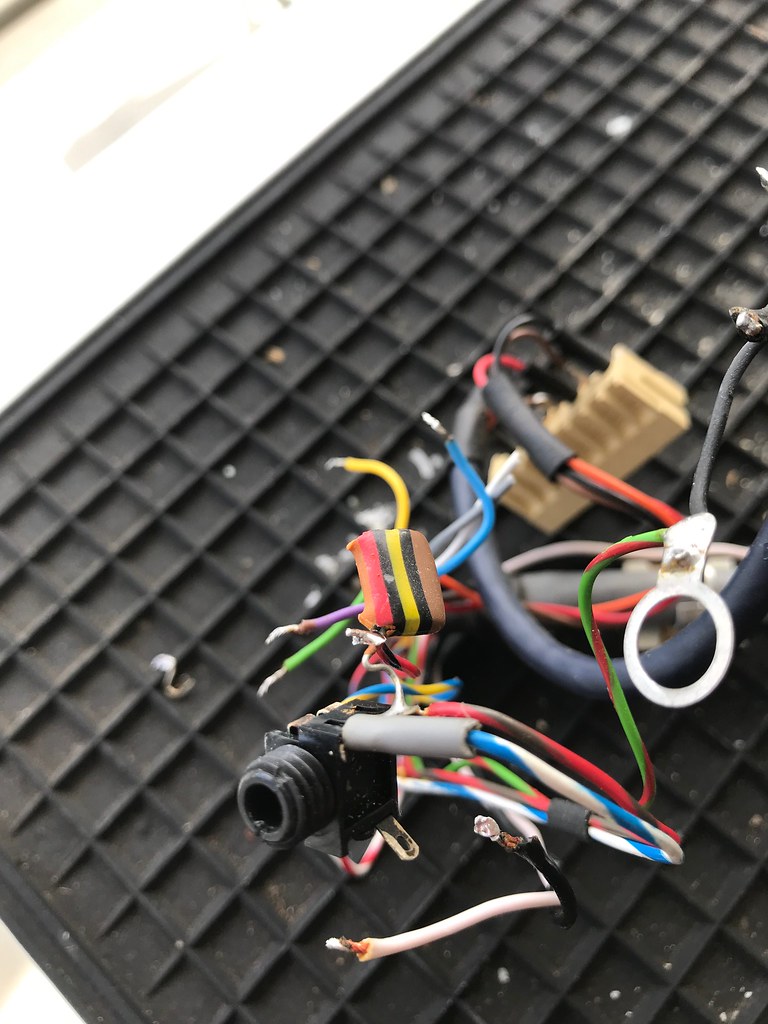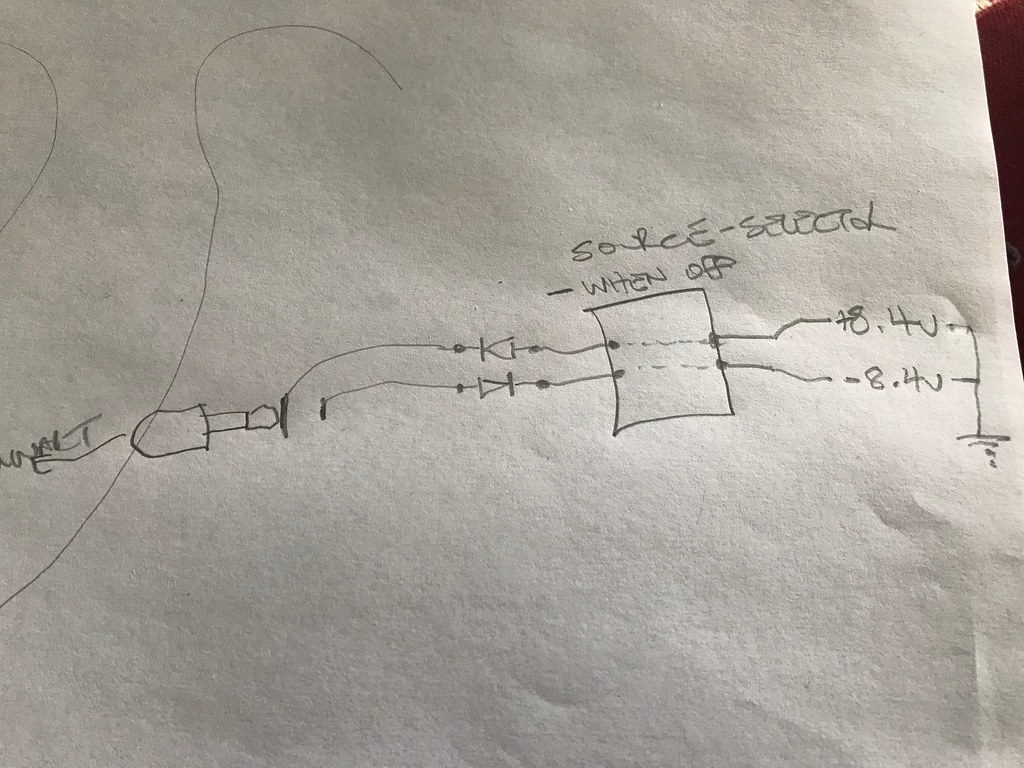Dowser
Learning to bodge again..
I've always wanted to try vintage Crimson gear, hence I paid way too much for a set of 610/630 monos recently (got a tax refund, didn't I  ).
).
Here's a good reason not to store a late 80s battery powered pre-amp in your cellar for 10 years...
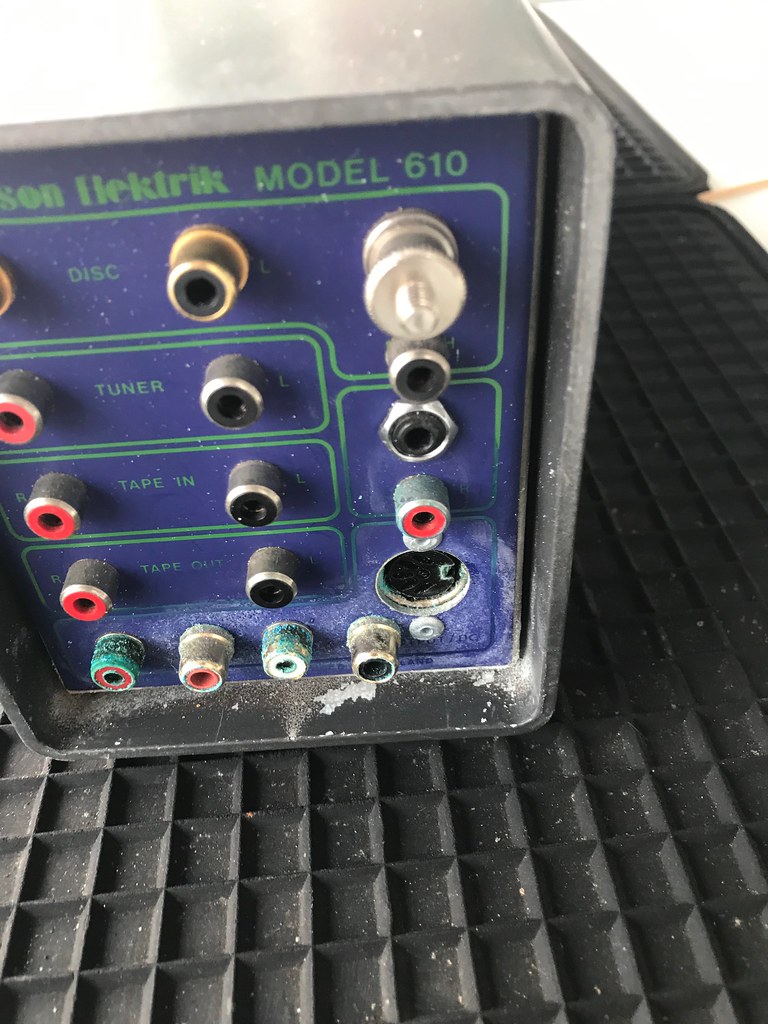
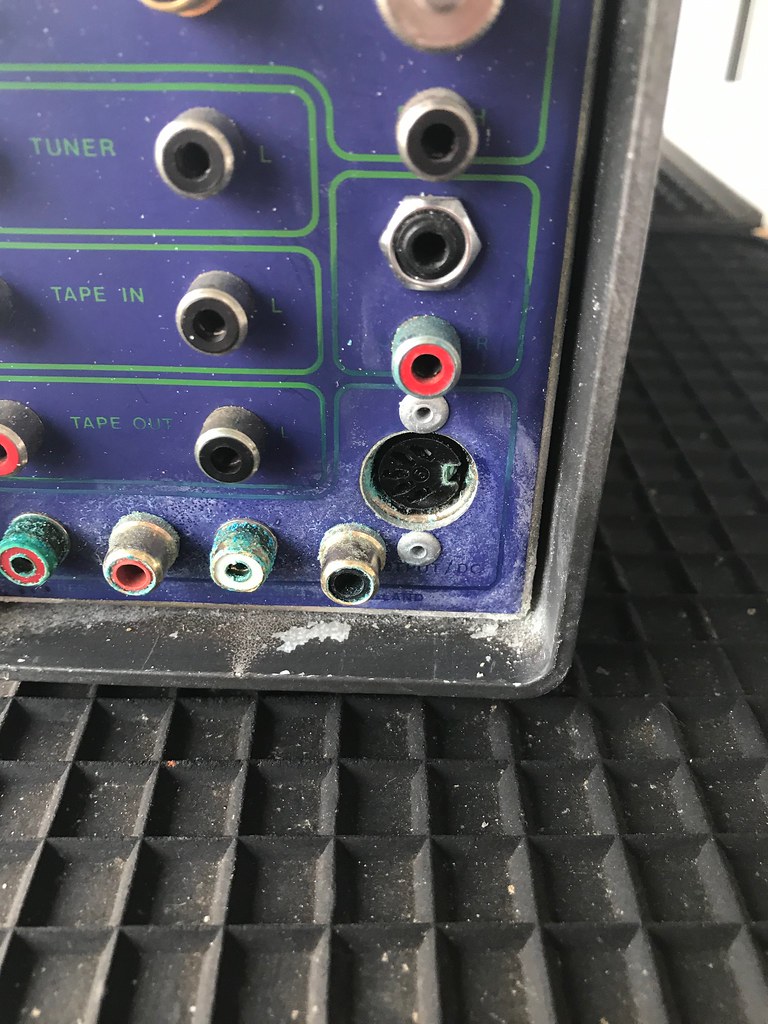
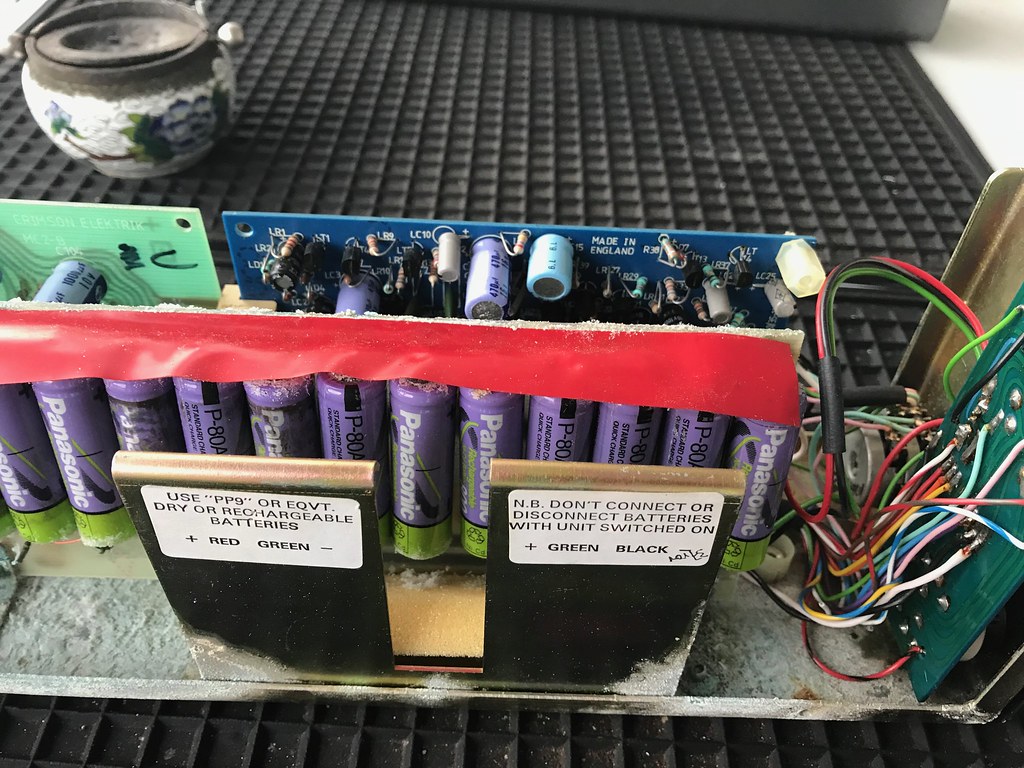
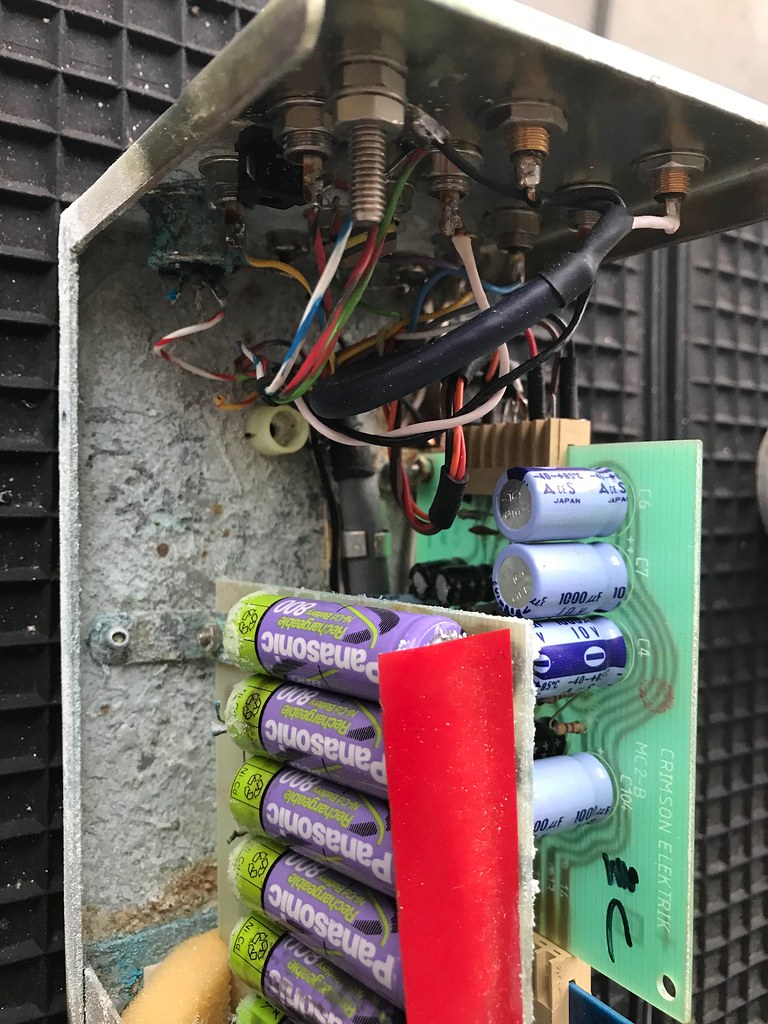

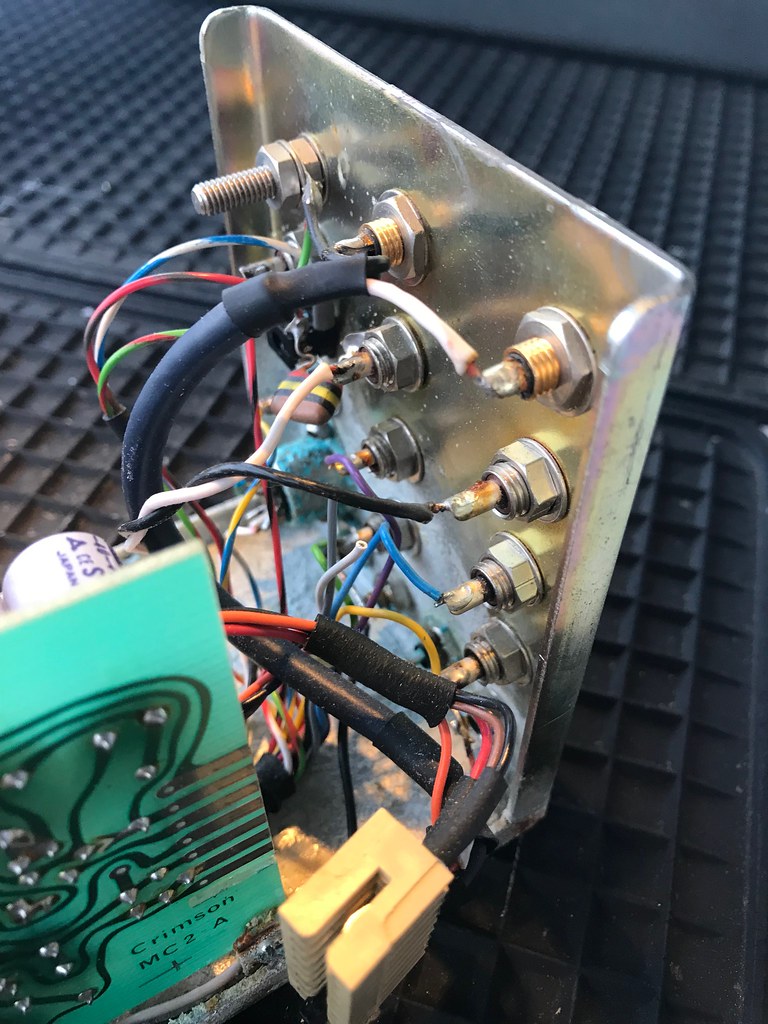
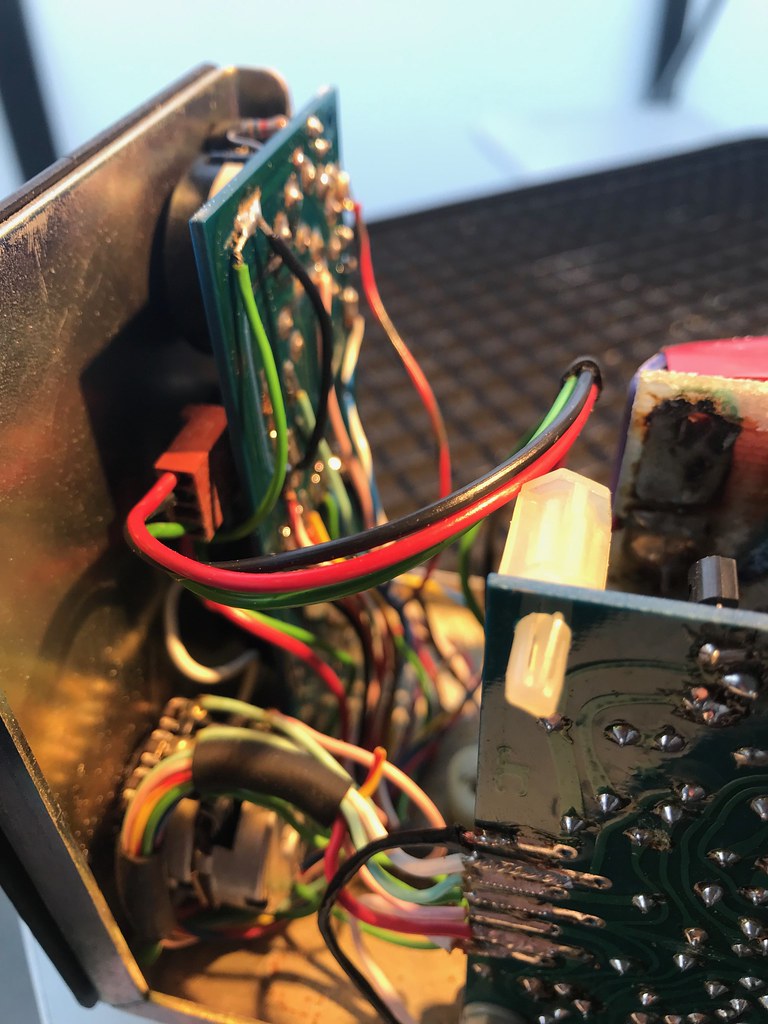
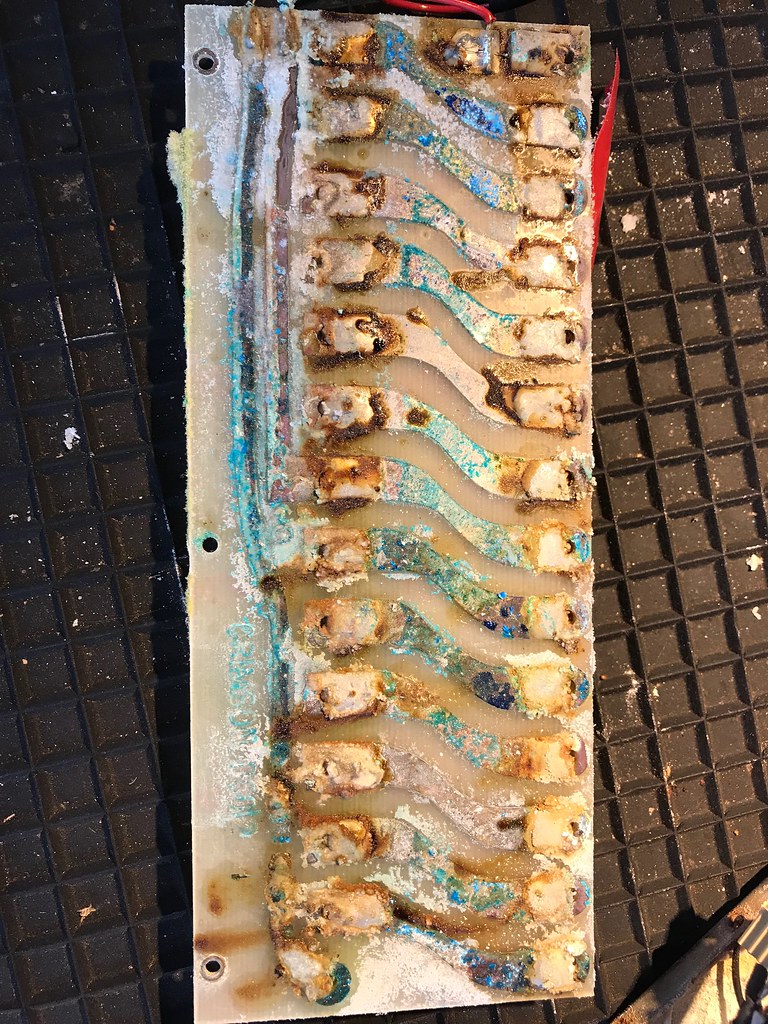
After a wash with fairy liquid
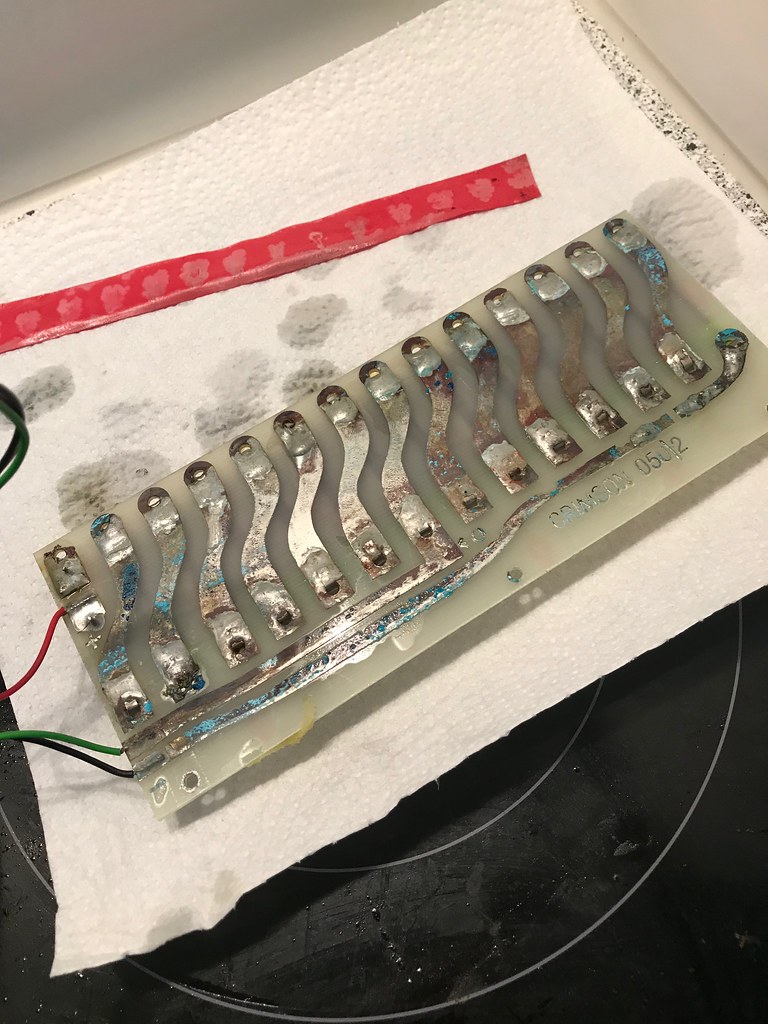
Love the classic look
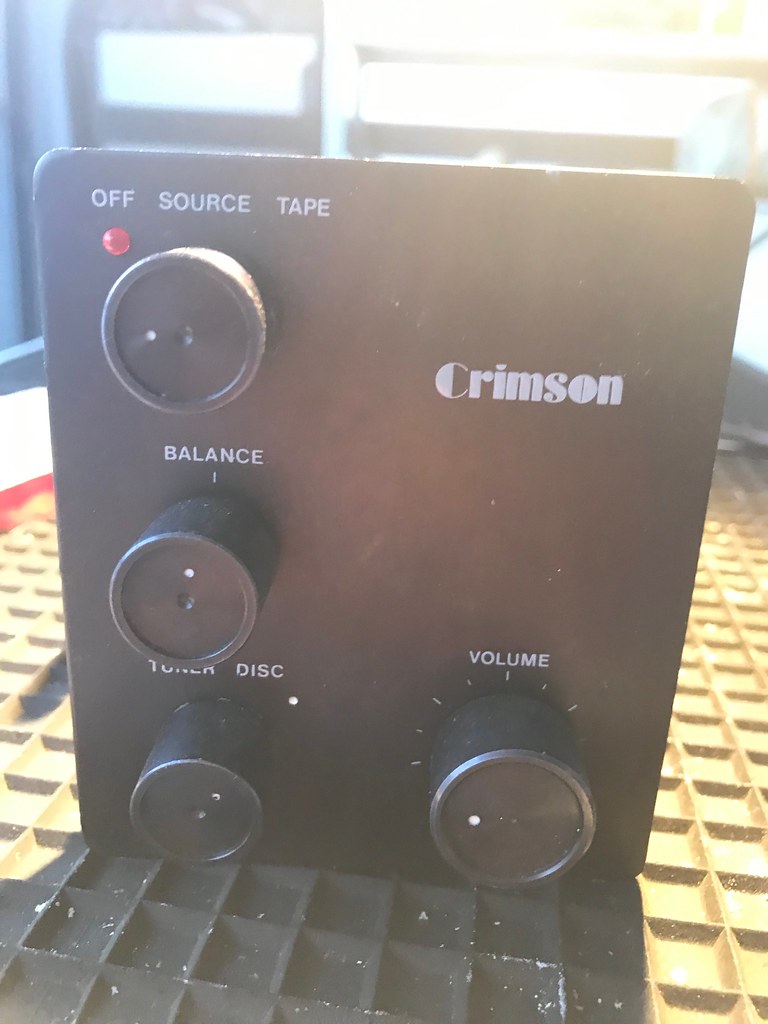
With an MC-2 phone board, and LEDs as current source on pre board
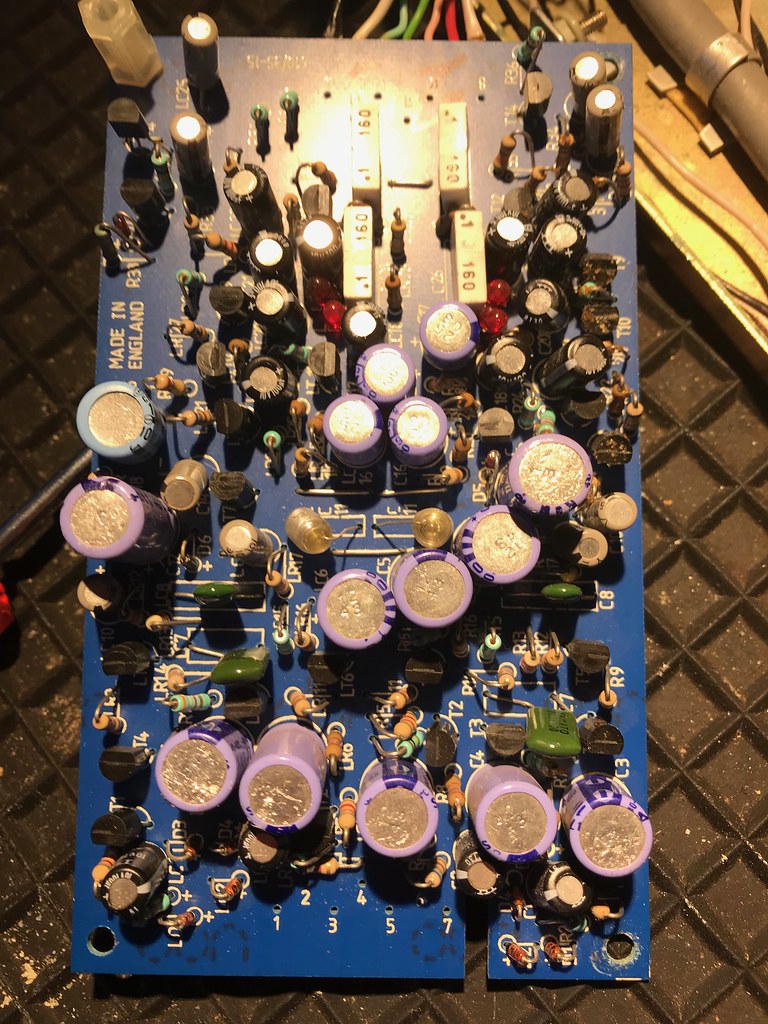
It has been modified by a Swiss audio dealer I think - dual outputs and an additional line input added I think, need to research these guys
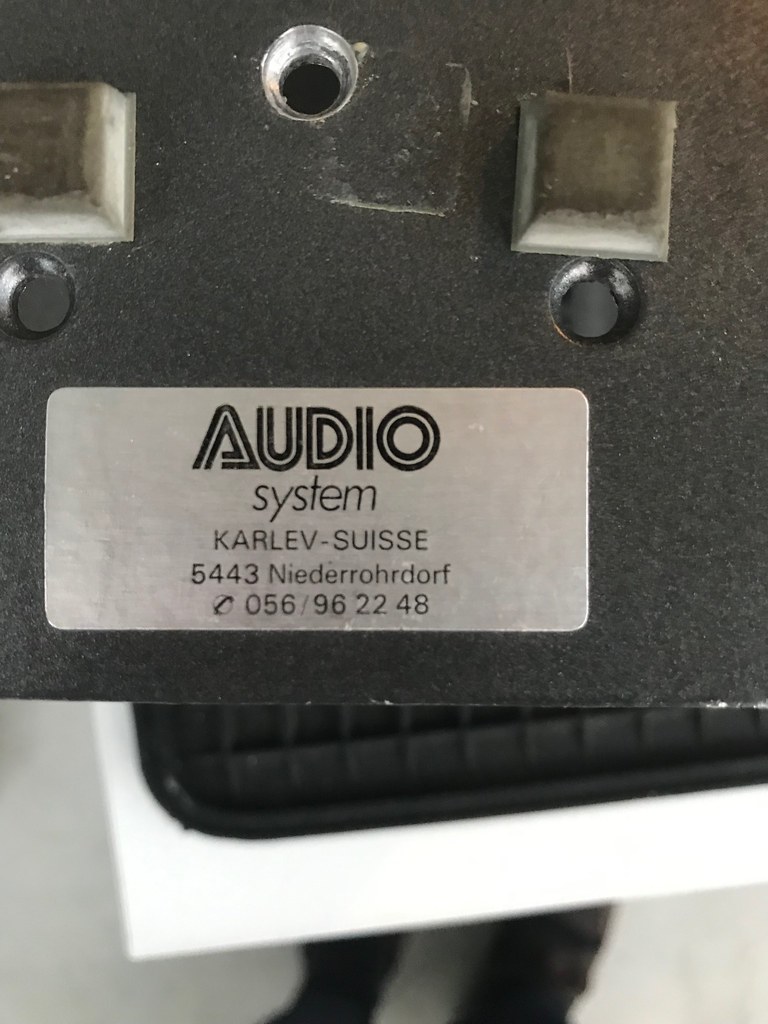
Still to check the 630s, but I think they'll be fine. Can't wait to actually listen to them, powers have a pretty good reputation I think.
Richard
Here's a good reason not to store a late 80s battery powered pre-amp in your cellar for 10 years...








After a wash with fairy liquid

Love the classic look

With an MC-2 phone board, and LEDs as current source on pre board

It has been modified by a Swiss audio dealer I think - dual outputs and an additional line input added I think, need to research these guys

Still to check the 630s, but I think they'll be fine. Can't wait to actually listen to them, powers have a pretty good reputation I think.
Richard


